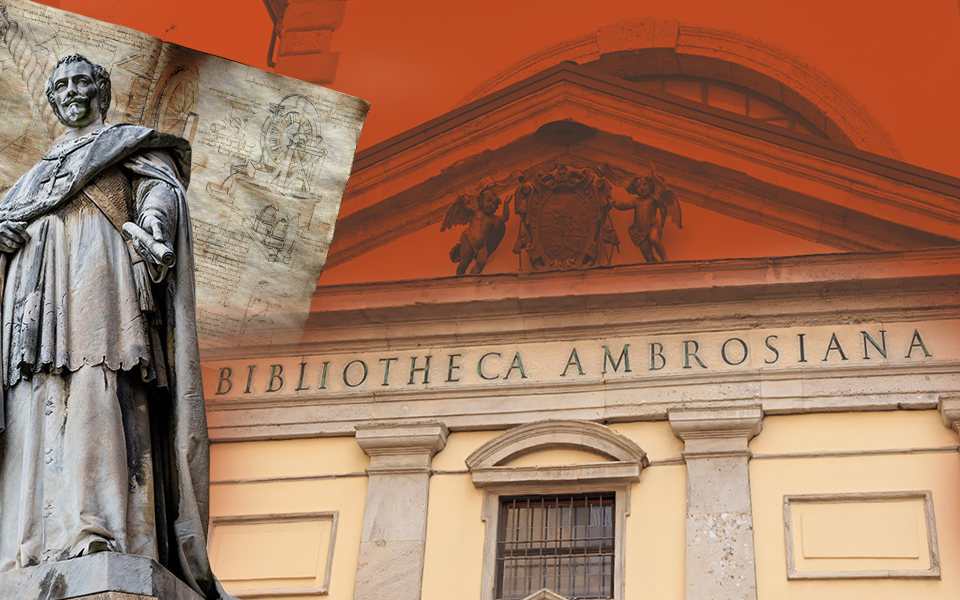The Ambrosiana Library, located in Milan, Italy, is one of the most significant libraries in Europe, renowned for its vast and diverse collections. Established in 1609 by Cardinal Federico Borromeo, the library was named after the patron saint of Milan, Saint Ambrose (Sant’Ambrogio). It was one of the first public libraries in Europe, embodying Borromeo’s vision of making knowledge accessible to scholars and the public.
The library’s importance lies in its extensive and rare collections, which span various fields, including literature, theology, art, and science. Among its most prominent treasures is Leonardo da Vinci’s Codex Atlanticus, a 12-volume set of drawings and writings that provides deep insight into the genius of one of history’s greatest minds. The library also houses works by other luminaries such as Petrarch, Dante Alighieri, and Galileo Galilei.
A particularly notable aspect of the Ambrosiana Library is its collection of Arabic and Islamic manuscripts, reflecting the broad intellectual horizons of its founder. Among the most important is the Kitab al-Hayawan (Book of Animals) by the Arab polymath al-Jahiz, a significant work in Islamic zoology. Another key manuscript is the Kitab al-Burhan fi Usul al-Fiqh by Al-Juwayni, an influential text in Islamic jurisprudence.
The Ambrosiana Library in Milan is not only significant for its collections but also for its architectural and design elements, which reflect its historical and cultural importance. The library is housed in the Palazzo dell’Ambrosiana, a building designed with a blend of Renaissance and Baroque architectural styles, emphasizing both grandeur and functionality.
The design of the library was heavily influenced by Cardinal Federico Borromeo’s vision of creating a space that would inspire intellectual pursuit and contemplation. The library’s interior features high ceilings, large windows, and ornate woodwork, all contributing to an atmosphere of scholarly reverence. The reading rooms are adorned with elaborate frescoes and paintings by renowned artists such as Bernardino Luini, a disciple of Leonardo da Vinci.
One of the most striking features of the library is its impressive marble staircase, which leads visitors to the main reading room. This room is a masterpiece of design, with its long rows of wooden bookcases, each meticulously carved and filled with ancient texts. The layout of the reading room is designed to facilitate quiet study and reflection, with ample space between the reading tables and abundant natural light filtering through large windows.
The Ambrosiana Library’s design, therefore, not only serves practical purposes but also enhances the cultural and intellectual experience, making it a place where history, art, and knowledge converge. This design continues to attract scholars, historians, and art lovers from around the world, reinforcing the library’s status as a center of learning and culture.







